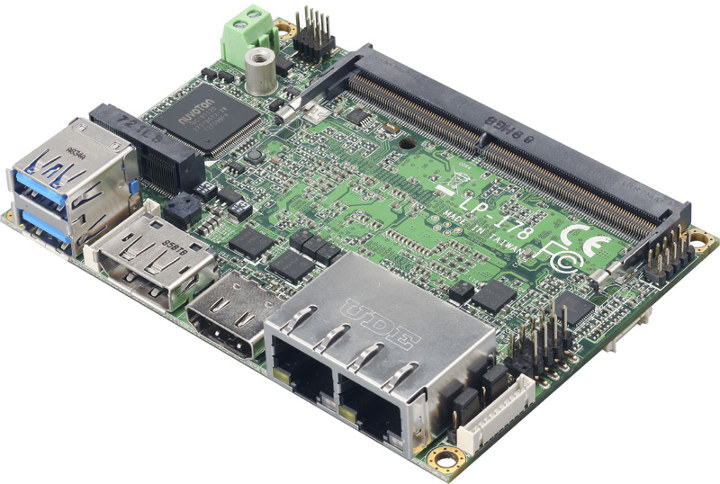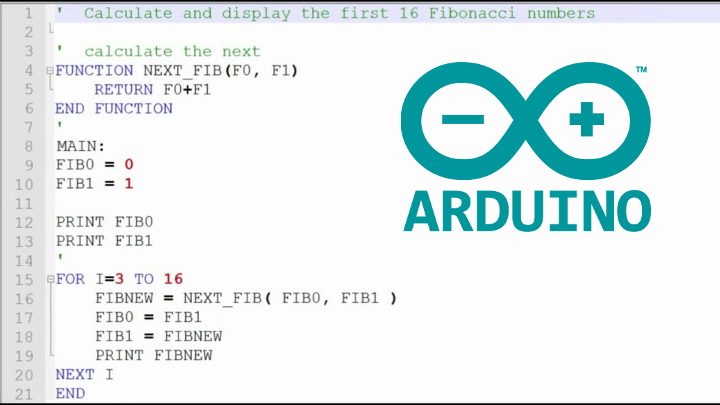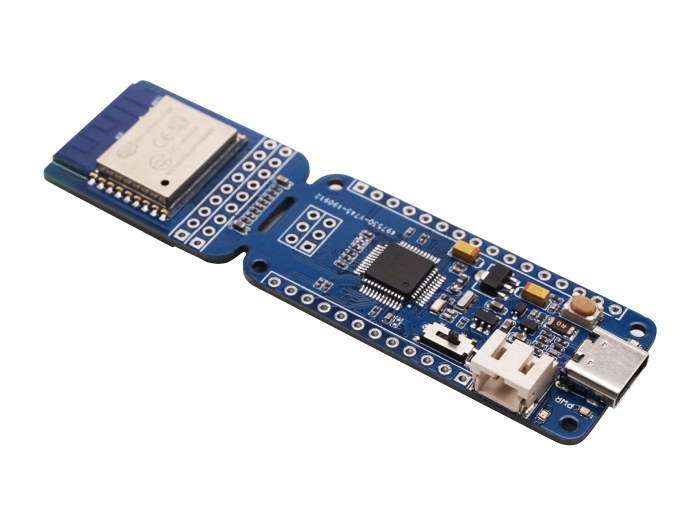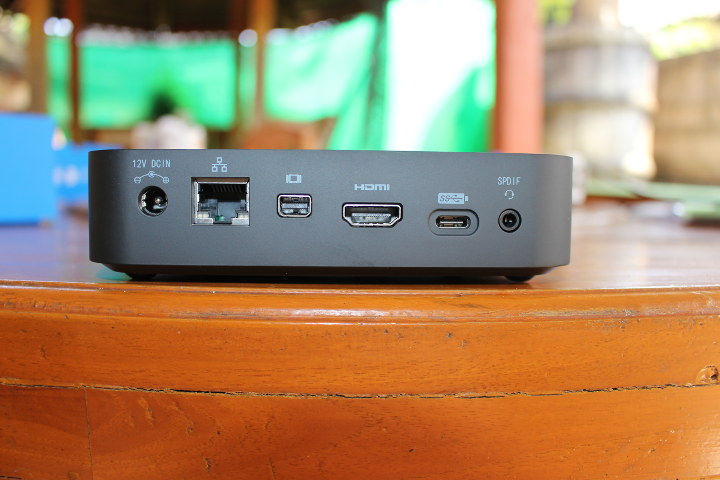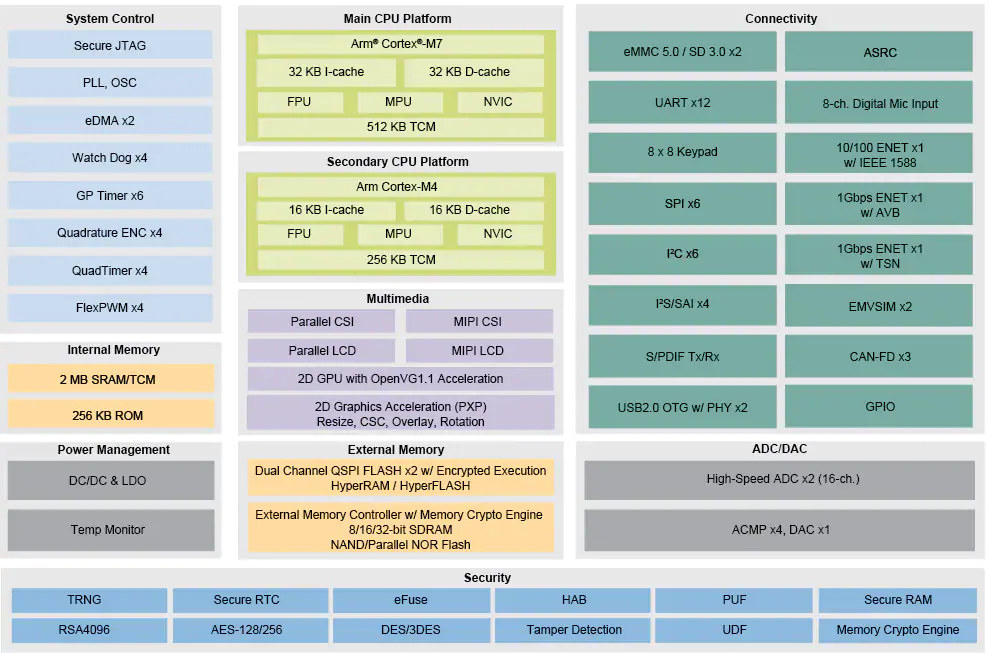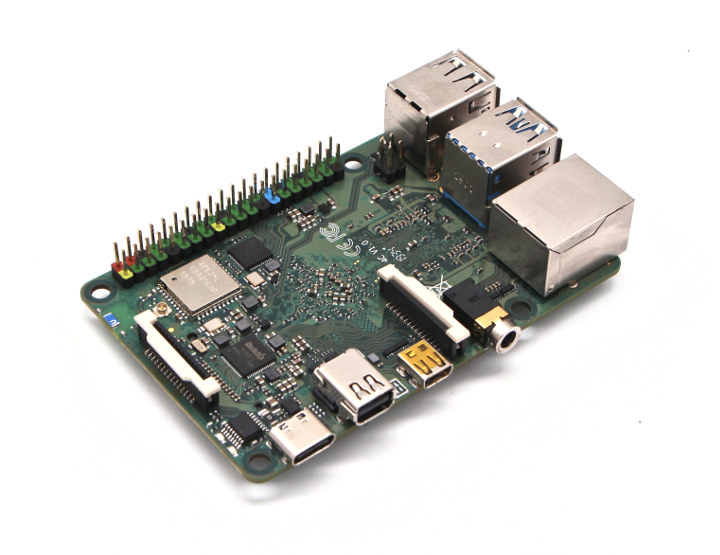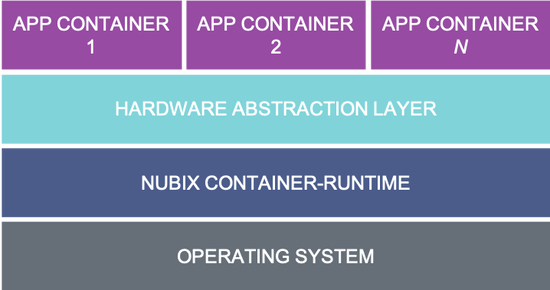We’ve previously covered several Intel Whiskey Lake-U SBCs in various form factors such as the Commell LE-37N 3.5″ board, ASRock IMB-1216 mini-ITX motherboard, or UP Xtreme with a custom 122×120 form factor. But if your project or application requires a more compact form factor, Commell has just announced LP-178 Whiskey Lake Pico-ITX SBC with either Intel Core i7-8665UE or Celeron 4305UE 8th generation embedded processor. LP-178 board specifications: SoC (one or the other) Intel Core i7-8665UE quad-core/octa-thread processor @ 1.7GHz / 4.4GHz (Turbo) with Intel UHD Graphics 620; 8MB cache; 15W TDP Intel Celeron 4305UE dual-core processor @ 2.0GHz with Intel UHD Graphics 610; 2MB cache; 15W TDP FCBGA1528 package System Memory – SO-DIMM socket for up to 16GB DDR4 RAM Storage – 1x SATA 3.0 interface Video Output / Display I/F HDMI port up to 4K resolution DisplayPort output DP to VGA or LVDS via an optional adapter Triple […]
BASIC Compiler & Programming on Arduino Zero Boards (Crowdfunding)
Arduino boards are normally programmed using Arduino “programming language” that’s more like an API using C/C++ language. But when I started in high-school I remember learning Pascal and BASIC programming languages. Bruce Eisenhard also learned BASIC in the past, so he decided to port his company’s ARM BASIC compiler to Arduino Zero, and it should also work on other boards based on Microchip SAMD21G Arm Cortex-M0+ microcontroller. The compiler includes floating-point, strings, inline assembly, interrupts, pre-processor, and the BASIC firmware supports direct access to hardware registers so you can control digital and analog I/Os, ADCs, and other peripherals using BASIC programming language. A runtime monitor also facilitates debugging. The IDE used for development is called BASICtools that’s a free 30MB download which install programs and documentation. There are also libraries and examples from blinky to more complex code. It’s been possible to run interpreted BASIC on Arduino for a while, […]
Wio Lite RISC-V WiFi Board with ESP8266 Module Launches for $6.9
Released this summer, GigaDevice GD32V generated a lot of buzz, as a cheap general-purpose 32-bit RISC-V MCU, and soon after the $5 Longan Nano development board with LCD display and enclosure was launched to the market. However, many applications benefit or require some network connectivity with WiFi. Espressif Systems is a founding member of the RISC-V Foundation, so RISC-V WiSoCs (Wireless SoCs) are coming, but AFAIK none of those are available yet. In the meantime, Seeed Studio has launched Wio Lite RISC-V board which brings WiFi connectivity to GD32V MCU through an ESP8266 WiFi module. Wio Lite specifications: MCU – Gigadevice GD32VF103CBT6 RISC-V (rv32imac) microcontroller @ 108 MHz with 128KB Flash, 32KB SRAM Wireless Module – ESP8266 WiFi Wio Core with 802.11b/g/n/ WiFi 4 connectivity Storage – MicroSD card slot USB – 1x USB Type-C port for power and programming Expansion – I/O headers for GD32 MCU, I/O header for […]
MINIX NEO J50C-4 (64GB) Mini PC Review – Part 1: Unboxing & Teardown
MINIX demonstrated their latest fanless NEO G41V-4 mini PC at IFA 2019 together with a MINIX NEO J50C-4 mini PC that I thought was last year’s model since I reviewed it last September with Windows 10 Pro and the company’s MINIX NEO W2 air mouse for computers. So when I received another MINIX NEO J50C-4 sample for review I was confused but noticed the eMMC flash capacity was increased from 32GB to 64GB. So I asked, and it’s a relaunch due to the shortage of Intel Gemini Lake processors: The increased storage capacity, from 32GB to 64GB eMMC, is the only difference from the sample you received last year. While we announced NEO J50C-4 last year, due to the Intel CPU shortage we never actually officially released. The Intel CPU shortage meant we only sold a couple of hundred units that we managed to produce before the CPU stock ran […]
NXP i.MX RT1170 Arm Cortex-M7/M4 Microcontroller Clocks at One Gigahertz!
Microcontrollers used to be those cute little things that clock at 8 or 16 MHz, but in the last decade, Cortex-M3/M4 microcontrollers became more powerful with 100 to 200 MHz clocks being quite common. But with the introduction of Arm Cortex-M7 core about 5 years ago, microcontrollers are seriously starting to take over tasks that were previously reserved to faster microprocessors. As I remember it, the MCU frequency “race” started with STMicro STM32H7 in 2016 with an impressive 400 MHz, and NXP i.MX RT crossover processor clocked at 600 MHz a few years later. But with i.MX RT1170 microcontroller, NXP has upped the ante as the new MCU combines an Arm Cortex-M4 core clocked at 400MHz with Arm Cortex-M7 core running at an amazing one Gigahertz (1 GHz). The documentation has not been released and we have limited information, but here’s what we know about NXP i.MX RT1170 key features […]
Rock Pi 4C SBC to Support Dual Display Setups via micro HDMI and mini DP Ports
Rockchip RK3399 powered Rock Pi 4 SBC was introduced at the end of 2018 and followed nearly exactly Raspberry Pi 3 Model B form factor just with a more powerful processor, GPU, as well as more memory depending on which model you purchase. But in June 2019, the Raspberry Pi foundation launched Raspberry Pi 4 SBC with a much faster processor and many of the same ports as its predecessor except for support for two HDMI displays via micro HDMI ports. Radxa has now followed suit with Rock Pi 4C which offers two modern video outputs, but with a twist as the upcoming SBC combines one micro HDMI port with one mini DP port. Rock Pi 4C was introduced at the XDC 2019 conference where open-source graphics developers meet, and Radxa was a “supporter”. The company explains Rock Pi 4B uses RK3399’s USB type-C controller for the two USB 3.0 […]
ISPs and Governments Don’t Seem to Like Security and Privacy-enhancing DNS over HTTPS (DoH)
Now a lot of the traffic on the Internet is secure, and for example, if you visit this blog your traffic will be encrypted, so your ISP, government or hackers will not know which exact page you visit on the website. But unless you use a VPN or the Tor Network, they’ll still know/or find out you visited CNX Software as most DNS requests are now unencrypted. Hackers may also use a spoofed DNS to steal your credit card info while you think you input your details into a trusted website. Beside using a VPN service, one solution is to use DNS over HTTPS (DoH) which encrypts the DNS request so that even your ISP or the government (unless there’s a backdoor) may not know which websites you visit. On top of improving privacy, DoH also improves security, as it’s harder to spoof DNS servers and by extension internet websites. […]
Nubix Edge-native Tiny Containers for IoT Apps Released For Raspberry Pi and BeagleBone SBCs
Nubix has just launched the developer edition of its edge-native tiny containers for IoT application development and analytics that target microcontrollers and single-board computers such as Raspberry Pi 3/4 and BeagleBone Black. Typical cloud solutions such as Docker are often too large with tiny IoT devices, and to solve these issues, Nubix tiny containers are sized in kilobytes, instead of megabytes, or about 100 times smaller than a Docker container, in order to be small enough to run at the edge. Nubix.io provides access to a library of sensors, analytics and tiny services that leverage open source languages and pre-packaged functions to easily create IoT applications in a few minutes. Analytics is commonly done in the cloud, which may cause issues in environments with limited or intermittent connectivity, so to solve this issue, Nubix provides analytics functionality directly on the IoT device, eliminating the latency, bandwidth, connectivity and cost constraints […]


